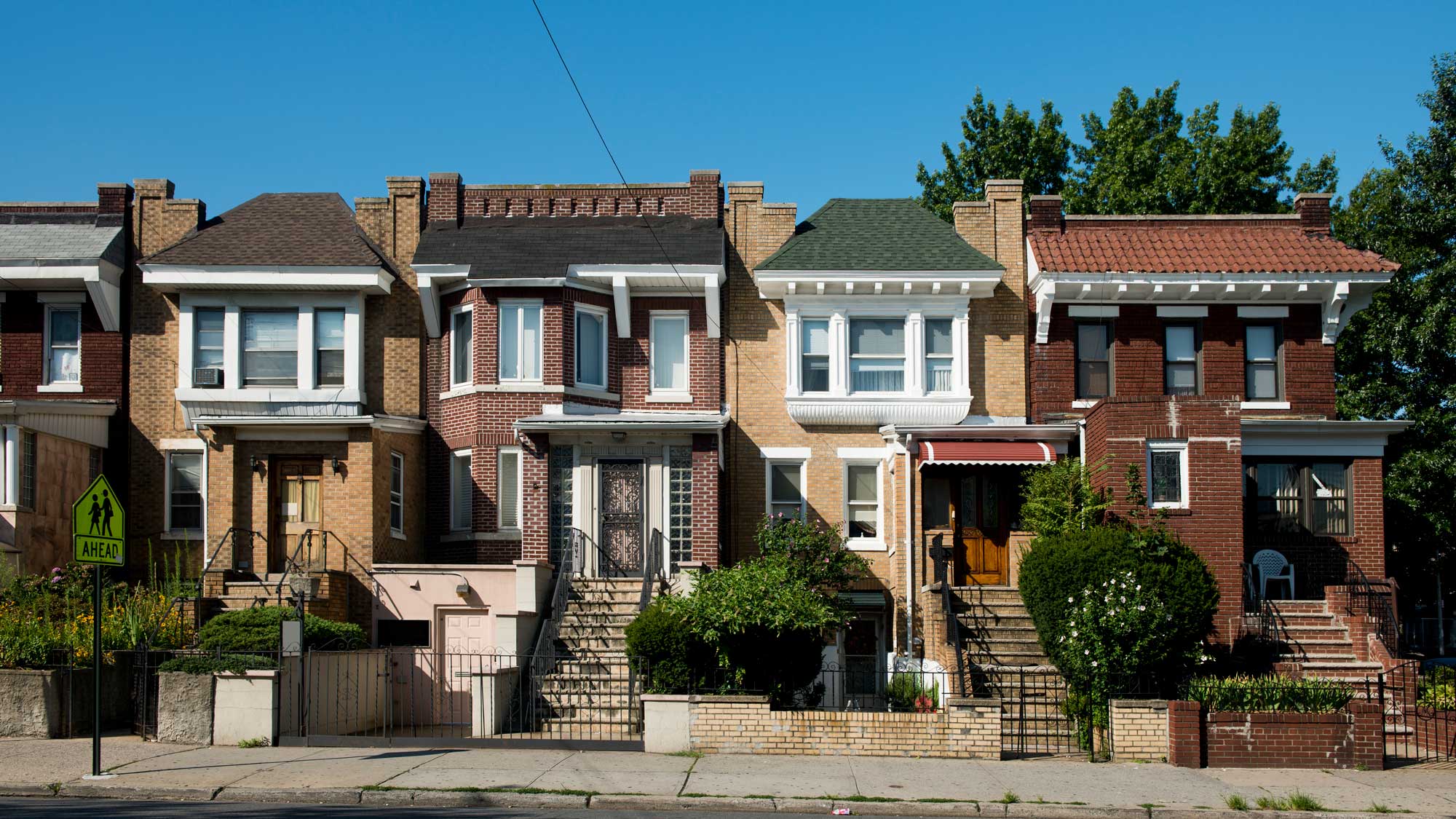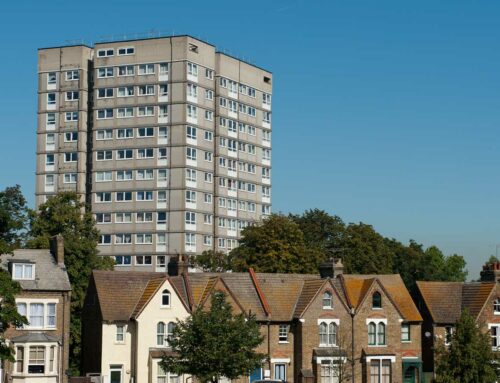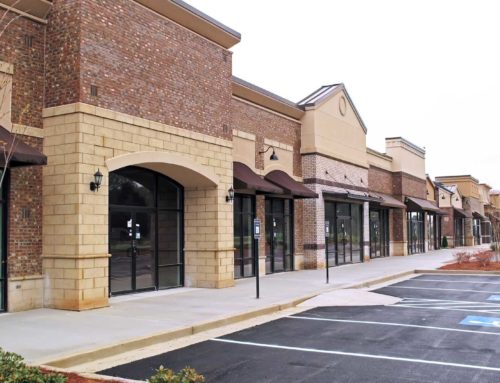On January 31, the New York City Advisory Commission on Property Tax Reform issued a long awaited report on the state of assessment equality, or, as it turns out the lack of equality imbedded in New York City’s tax assessment system. The City has shared its unique assessment system of four tax classes, four tax rates, annual assessment caps for residential property, and a five year phase-in of commercial valuation increases with Nassau County since a 1981 omnibus legislative bill. That bill was vetoed by Governor Carey. The State Legislature over-rode the veto and radical changes to the assessment of property in Nassau and New York City became effective against the Governor’s wisdom that tax inequity would persist under the new system. The Governor was right.
The paths followed by each municipality for the past 40 years have over-stressed the core of the unified system, causing both the County and the City to patch problems using different size band-aids. Each assessment system has been challenged in Court at different times due to the systems’ perpetuation of unequal tax burdens among City and County’s homeowners.
The Advisory Commission was assembled in response to a lawsuit pending in New York County Supreme Court since 2017, Tax Equity Now NY LLC v. City of New York, brought by Tax Equity Now New York, known as TENNY, a coalition of civil rights groups and real estate interests. TENNY is moving ahead to prove to the Court that the City’s property tax system discriminates against lower and moderate-income homeowners to the benefit of high income owners who reside in luxury cooperatives and condominiums.
The DeBlasio administration has held firm that the solution lies with politicians who can change the system voluntarily. The Plaintiffs in the lawsuit have run out of patience waiting 20 years for a political solution. At the end of the battle a judicial victory could declare the system inequitable. A judicial solution would be painful for condominium and cooperative owners as it would shift tax burdens between the Boroughs and economic classes overnight.
The Commission Report admits inequality exists–providing studies and research in its’ table and charts to illustrate the inequality in the current assessment system by Borough and property value. The Report provides all the evidence any court would need to declare the tax burden inequity real and substantial. The Report provides a solution and a remedy to relieve the pain a shift in tax burdens would inflict. There are no villains in the Report, other than a 40-year old statute designed to limit tax increases during a nostalgic time of rapid appreciation in real estate values.
The Commission lays out a plan to remove all statutory assessment caps to equalize values between owners of 1-3 family homes and owners of high rise condominiums and co-operative buildings. It recommends removing valuation methodologies that limit the assessment of condominiums and cooperatives causing assessed values that are well below current market values and raising their assessments to full value. It also drags owners (landlords) of 4-10 family apartment buildings into the solution. The report seeks to right the wrongs of the current system but insures it will take at least five years after the new system is established to smooth over drastic spikes in annual taxes the solution will cause.
Special problems exist in NYC for homeowners seeking equality under the present system. The stated ratio for 1-3 family homes (Class One) has been 6% for many years but most tax bills are based on capped assessments that are significantly lower than the assessor’s values. There has been no challenge to ratio at any time in the last 40 years and there are a nominal amount of tax appeals filed annually against the City.
The Commission calculated median effective ratios for Class One properties by Borough against the stated ratio of 6%. Class one assessments are based on full value multiplied by the 6% assessment ratio. The report states that the City-wide median ratio is actually 4.7% with median ratios in Manhattan of 2.10% and 4.97% in the Bronx. Other boroughs are within that range. That the actual ratio is not 6% comes as no surprise to real estate tax attorneys. Areas with rapid appreciation generally end up with lower tax burdens than areas with less annual appreciation. What is striking is that the City has now admitted that effective tax burdens are disparate between the wealthiest and poorest parts of the City and the overall ratio is not 6%.
Assessments and sales were analyzed for condominiums and cooperatives in their tax class. The Commission has determined that great inequities exist between tax burdens of 1-3 family homes and high rise condominiums and all cooperatives which have no justification at present.
The City has a class of 4-10 unit residential buildings, which are valued using a market approach (using gross income multiplier formula) with an annual 8% cap to assessment increases. Not surprisingly, the Commission found lower effective values and taxes for these buildings in Manhattan and higher effective values and taxes in the Bronx.
The most striking part of the report is its analysis of the assessment of a single condominium unit carrying the highest sales price ever reported in the United States located on Central Park South – $238,000,000. The Report shows the current tax based on a fraction of full value ($531,797) and what the tax would be under the proposed system at full value ($2,987,233). Takes your breath away.
The recommendations to resolve these inequities are to group all condos, cooperatives, and 4-10 unit buildings into one tax class with 1-3 family homes; drop all of the assessment caps; and value all units and buildings in the new combined class at current market value. The tax impact on properties in the new class would be phased-in over 5 years with a continuing permanent 5-year phase-in of annual value increases.
The most interesting recommendation here is novel to New York: A “welcome neighbor” plan to discontinue the phase-in when a property is sold and implement an immediate full value assessment based on the sales price. Under the proposed system, the sale of that Central Park South condominium would cause the gap in current and proposed taxes to vanish the year after the sale – a 461% increase in taxes! This provision alone will change the market in ways that are difficult to predict. It would remove some value for properties with longstanding below market taxes under the old system.
Finally, the Commission proposes new tax breaks for low income owners in place of annual caps, which have proven discriminatory against low income owners. The Commission argues that caps “are tied to properties and not property owners. They are not means -tested and they do not expire when a property is sold.” The Commission recommends means-tested exemptions that would gauge taxes against income with benefits flowing to low-income owners.
This first new exemption would be based on a yet to be determined income threshold available to all owners of homes, condominiums, and cooperatives used as primary residences. This is similar to current senior citizen exemptions. The second layer of exemption is referred to as a “circuit breaker” which would compare the owner’s actual tax bill after available exemptions against their income– providing further benefits for taxpayers at the low end of annual income.
The success of these proposals squarely rests on the political will and courage of elected officials in New York City and Albany. Will they continue to insulate the City’s wealthiest residents from their fair share of the real estate burden or finally create a transparent and equitable tax system fair to all? Considering that it could be at least two to three years to debate and pass new legislation, homeowners may have to wait in suspense for the answer to that question while the marketplace ponders potential tax shifts. The courts may resolve the same issues sooner than that.






